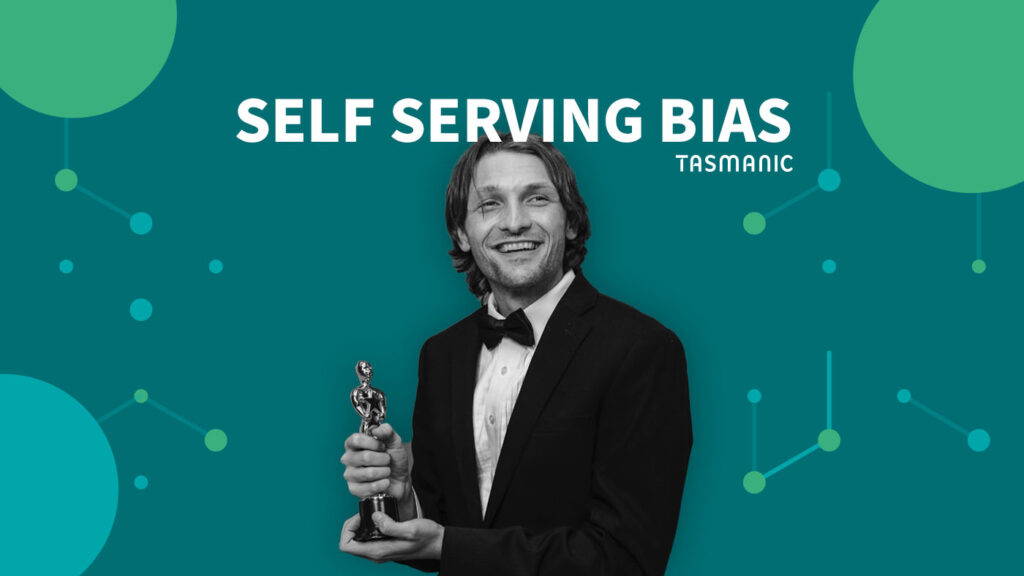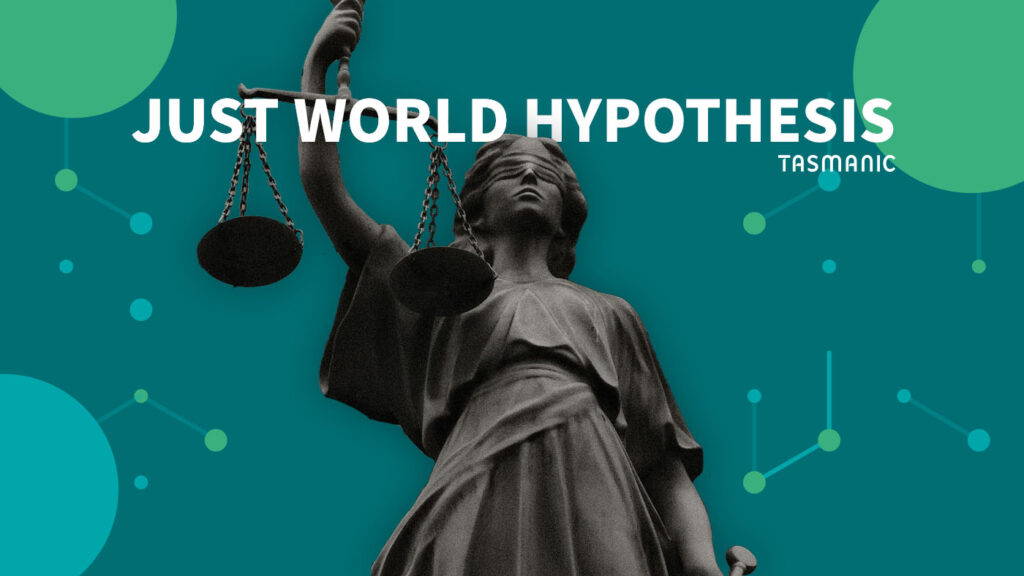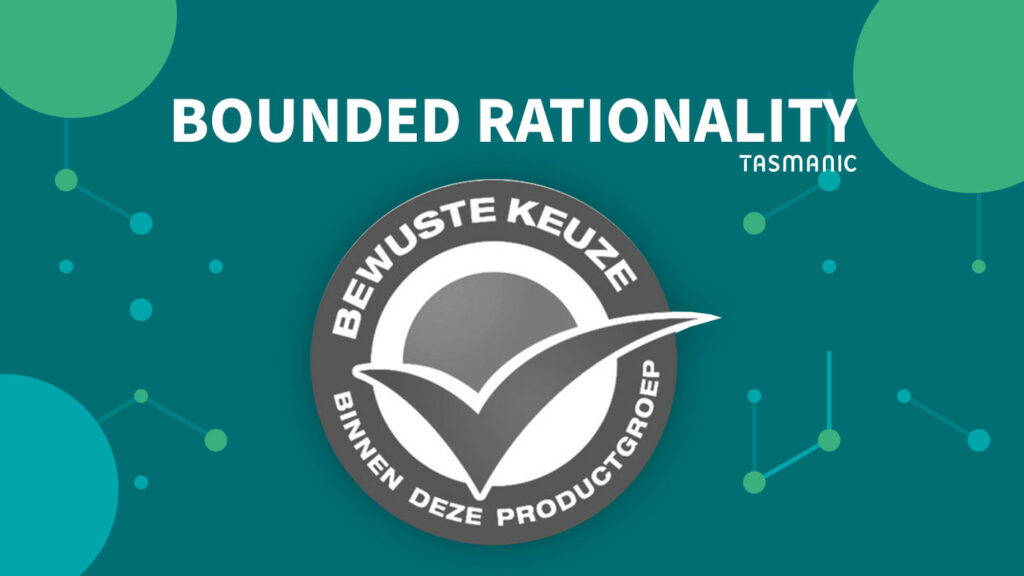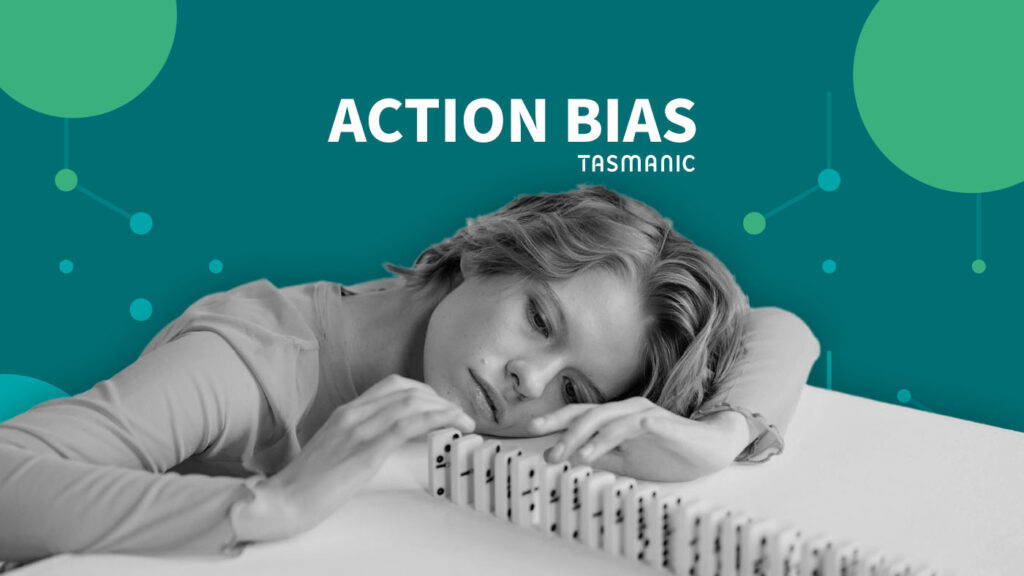
Last updated December 19, 2024
Introduction
Imagine this: you have an important presentation for a potential client, but the technology is not cooperating. Out of frustration, you keep restarting the presentation repeatedly, despite the fact that the problem persists. This is a classic example of action bias: the tendency to take action even when that action is ineffective. As an entrepreneur, it is crucial to understand how action bias can affect your decisions. This tendency can lead to hasty and sometimes counterproductive actions, simply because sitting still feels like a weakness. In this article, we explore how action bias manifests in the business world, what the risks are and how you can use this bias to your advantage to make better, more thoughtful decisions.
What is the action bias?
The action bias is our penchant for action, even when it is better to do nothing for a while (Patt & Zeckhauser, 2000).
We would rather do something than just wait and see, even if we are not sure it will make things better. Our instinct tells us that it is better to do something than to do nothing. Even if it fails, we praise ourselves because at least we tried something.
When we do this on autopilot, without really thinking about it further, we call it action bias. It happens from an impulse, rather than with logical reasoning, so we sometimes completely misjudge the situation and the outcome may be less favorable, but doing nothing is not an option.
How does action bias arise?
For centuries, there has been the idea that it is better to be busy than to sit still. As hunter-gatherers, it was necessary to take immediate action to survive (Patt & Zeckhauser, 2000). In today's society, this is less applicable, but we still support taking action even if it provides little to no progress. If action is rewarded more than inaction, we will also take action in situations where it is actually more appropriate to do nothing. The need for appreciation or reward then prompts us to do so.
The opposite is also true. If inaction is punished, a pattern of always wanting to take action in order not to be punished develops (Zeelenberg, van den Bos, van Dijk & Pieters, 2002). Taking action also has to do with being productive and controlling. By doing something, we have the feeling that we can still change something about the situation, whereas doing nothing is more like accepting that this is the way things are.

Examples in practice
- Loading a website seems to take forever, therefore you keep refreshing, when sometimes it is faster if you just wait patiently. Especially if you're waiting in line for tickets, this is a counterproductive method.
- After a bad quarter, a company's strategy is changed. While the bad quarter may not have been caused by strategy at all but by a deteriorating economy or a sick salesperson.
- After a data breach is discovered with a vendor's software package, a contract is immediately signed with a competitor, even though it is not at all clear whether this competitor is better protected against data breaches
Using the action bias to your advantage
Any bias can negatively affect your decisions or those of your customers. It can lead to less sales and making the wrong decisions, for example. But it can also help you win over that doubting prospect or turn a normal customer into a loyal one.
- Proactive communication
Example: A financial services company can send customers real-time notifications about suspicious activity on their accounts, with immediate options to take action, such as blocking a card or reporting fraud.
Benefit: Customers can respond immediately to potential problems, increasing their sense of security and control. - Responding to known problems in the market
Example: A competitor has delivery problems, you still have plenty of stock but you are slightly more expensive. In your online ads, you put extra emphasis on your fast delivery times so you can snatch customers from your competitors.
Benefit: Customers are delivered faster, so they are more inclined to try a new supplier. After all, the alternative is to do nothing and wait and see.
Resources
Patt, A. & Zeckhauser, R. (2000). "Action Bias and Environmental Decisions." Journal of Risk and Uncertainty. 21(1), 45-72.
Zeelenberg, M., van den Bos, K., van Dijk, E. & Pieters, R. (2002). "The Inaction Effect in the Psychology of Regret". Journal of Personality and Social Psychology. 82(3), 314-327. DOI: 10.1037//0022-3514.82.3.314
Are the results from your online marketing disappointing?
Request our no-obligation performance scan and we'll tell you where you're going wrong.















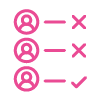

 Team
Team FAQ
FAQ Vacancies
Vacancies Contac
Contac AWR
AWR Ahrefs
Ahrefs Channable
Channable ContentKing
ContentKing Leadinfo
Leadinfo Optmyzr
Optmyzr Qooqie
Qooqie Hubspo
Hubspo Semrush
Semrush



